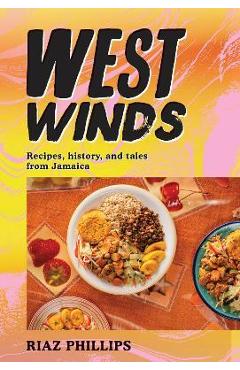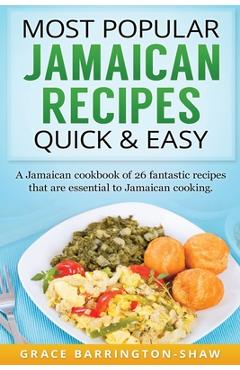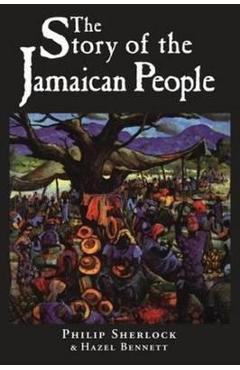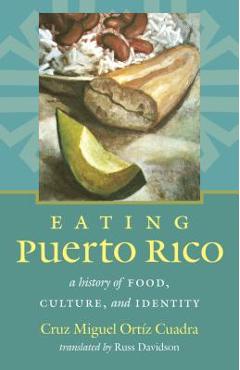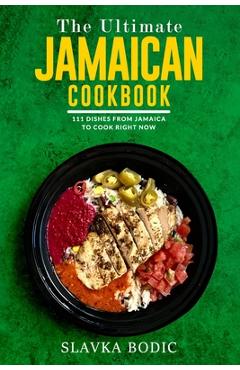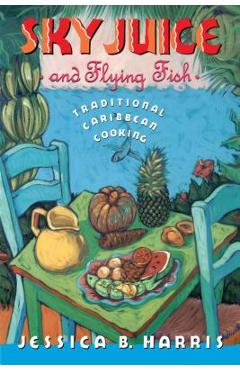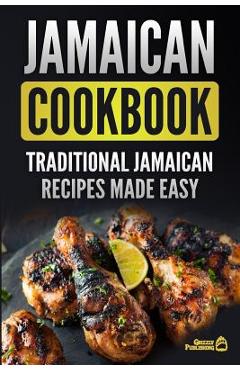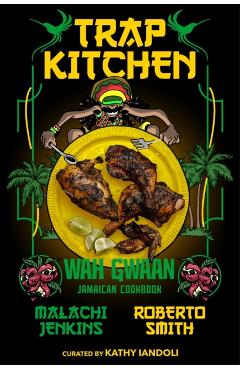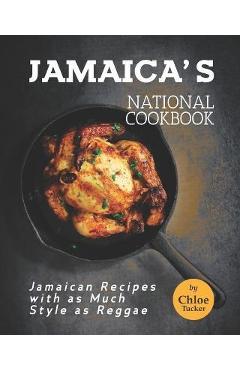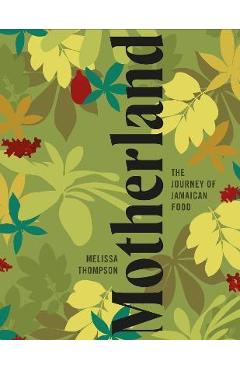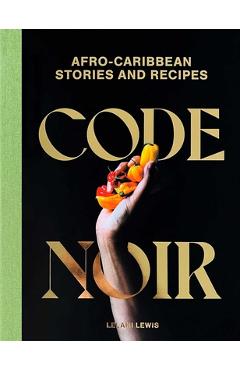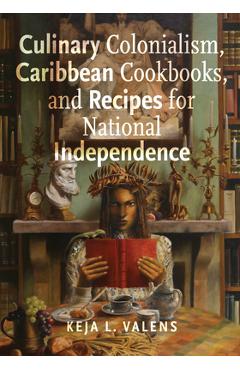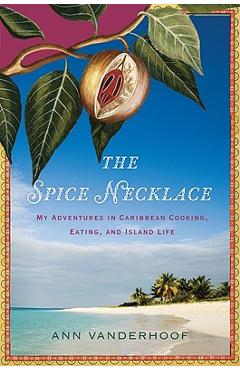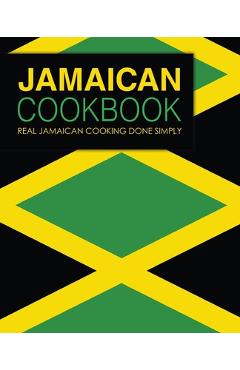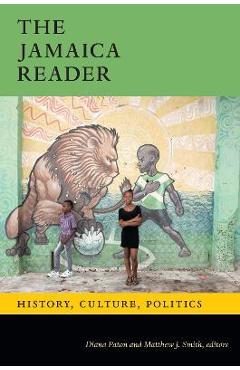Jamaican Food: History, Biology, Culture
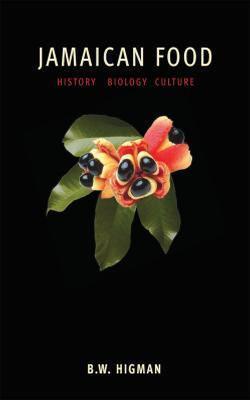
Jamaican Food: History, Biology, Culture
The
historical study of food and the anthropology of food are recent and growing
fields of scholarly inquiry. An understanding of these aspects of life can
reveal much about a culture's crop production, economy, preparation methods,
festivals, foodways, history, and environmental care and degradation. This
beautifully illustrated book by one of the Caribbean's pre-eminent historians,
B.W. Higman, sheds new light on food and cultural practices in Jamaica from the
time of the earliest Taino inhabitants through the introduction of different
foodways by enslaved peoples, to creole adaptations to the fast-food phenomena
of the twentieth and twenty-first centuries. The author examines the shift in
Jamaican food practices over time, from the Tainos' use of bitter cassava to the
Maroons' introduction of jerk pork, and the population's love affair with the
fruits of the island such as pawpaw, guava, star apple, and avocado pear. In
this accessible study, Higman traces how endemic animals, delicacies such as
the turtle, ringtail pigeon, black land crab and mountain mullet, barely
retained their popular status into the early twentieth century and are now
almost completely forgotten, their populations dramatically depleted, often
endangered. The
two main sections of the book deal separately with plants and animals. Plants
are grouped together according to the parts of them used as food: roots, stalks
and leaves, fruits and seeds. Generally, all aspects of a particular plant have
been discussed together and the plant as a whole has been located in its
dominant use. Animals are treated in the same way, putting all of their uses in
a single place but grouped into biological families.
PRP: 465.00 Lei
Acesta este Pretul Recomandat de Producator. Pretul de vanzare al produsului este afisat mai jos.
418.50Lei
418.50Lei
465.00 LeiLivrare in 2-4 saptamani
Descrierea produsului
The
historical study of food and the anthropology of food are recent and growing
fields of scholarly inquiry. An understanding of these aspects of life can
reveal much about a culture's crop production, economy, preparation methods,
festivals, foodways, history, and environmental care and degradation. This
beautifully illustrated book by one of the Caribbean's pre-eminent historians,
B.W. Higman, sheds new light on food and cultural practices in Jamaica from the
time of the earliest Taino inhabitants through the introduction of different
foodways by enslaved peoples, to creole adaptations to the fast-food phenomena
of the twentieth and twenty-first centuries. The author examines the shift in
Jamaican food practices over time, from the Tainos' use of bitter cassava to the
Maroons' introduction of jerk pork, and the population's love affair with the
fruits of the island such as pawpaw, guava, star apple, and avocado pear. In
this accessible study, Higman traces how endemic animals, delicacies such as
the turtle, ringtail pigeon, black land crab and mountain mullet, barely
retained their popular status into the early twentieth century and are now
almost completely forgotten, their populations dramatically depleted, often
endangered. The
two main sections of the book deal separately with plants and animals. Plants
are grouped together according to the parts of them used as food: roots, stalks
and leaves, fruits and seeds. Generally, all aspects of a particular plant have
been discussed together and the plant as a whole has been located in its
dominant use. Animals are treated in the same way, putting all of their uses in
a single place but grouped into biological families.
Detaliile produsului









